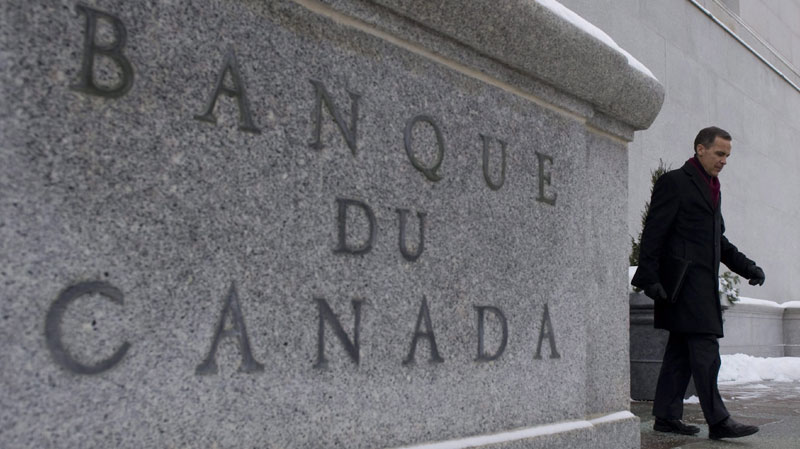The Prime Lending Rate in Canada (like in many other countries) is a reference interest rate charged by banks and lenders to their most “creditworthy” customers. In reality we find that most banks and lenders in Canada base their best interest rate (usually in the form of a variable interest rate) on the prime lending rate, plus or minus a certain percentage. This is why you hear rates like “prime -.5%” and “prime + 3.25%” etc. While all banks and lenders base their rates on the prime lending rate, rates do different from lender to lender (so Lender A could have a variable rate of “prime -.2%” while Lender B could have a rate of “prime +.15%”). This model allows lenders to remain competitive while still adhering to the fluctuating prime interest rate (so if the prime rate goes up or down, all the interest rates go up or down by the same amount).
The Bank of Canada meets every once in a while (eight times per year), and based on a variety of factors (primarily on Canadian economic conditions and the state of the global economy) decides if the prime rate should stay where it is, or be moved higher or lower. They make this change in the prime lending rate when they decide it is necessary to boost the economy (lower the lending rate) or slow it down (raise the lending rate). They met for the 2nd-to-last time in 2011 last week, and as expected, kept the prime lending rate at 3.00% (where it’s been for over a year).
The next Bank of Canada meeting (and the last of 2011) is set for December 6th. That being said, most agree that the prime lending rate isn’t going to move again until at least mid-2012. If you have (or are thinking about getting) a mortgage with a variable interest rate, your current rate (and therefore payment amounts) should be stable for the time being.
